In the shadow of France’s busiest airport sits the world’s quaintest ghost town
GOUSSAINVILLE, France – From the vantage point of the low-flying planes that thunder over the 14th century church every few minutes, Goussainville is still a quintessential French farming town.
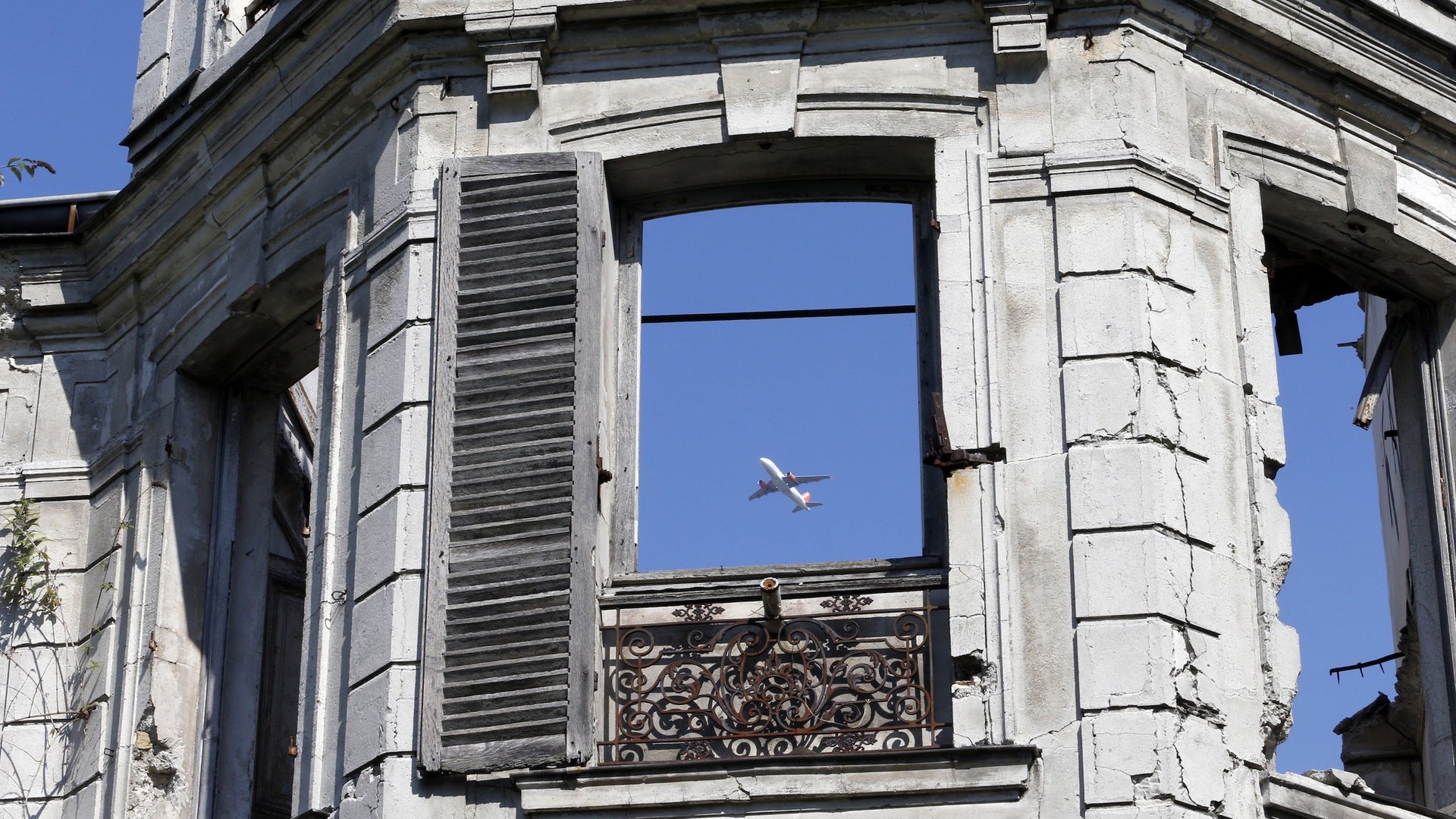

GOUSSAINVILLE, France – From the vantage point of the low-flying planes that thunder over the 14th century church every few minutes, Goussainville is still a quintessential French farming town.
And that’s how 74-year-old artist Pierre Murillo, who has lived next to the village church since 1968, chooses to remember it. He is one of the oldest residents of Goussainville, a so-called ghost town just 12 miles outside of Paris.
“Everyone knew each other,” he tells Quartz over strawberry juice at his wooden dining room table. “We would have festivals in the park and roast lamb. Everyone was so happy. It was such a wonderful village.”
Today, a walk down the cobblestone streets of the once vibrant French town is more macabre than quaint. Hundreds of residents fled after a Soviet prototype plane crash in the old town, killing 14, during the 1973 Paris Air show. A year later, Charles de Gaulle Airport opened, and the deafening roar of planes overwhelmed the once sleepy village.
The situation in Goussainville has its fair share of quirks, but speaks to the broader challenges faced by European cities to sustainably integrate rural populations into an increasingly urbanized landscape. More than two-thirds of Europe’s population now live in urban zones, according to the European Commission—a hemorrhage of rural regions that has left formerly vibrant villages blighted.
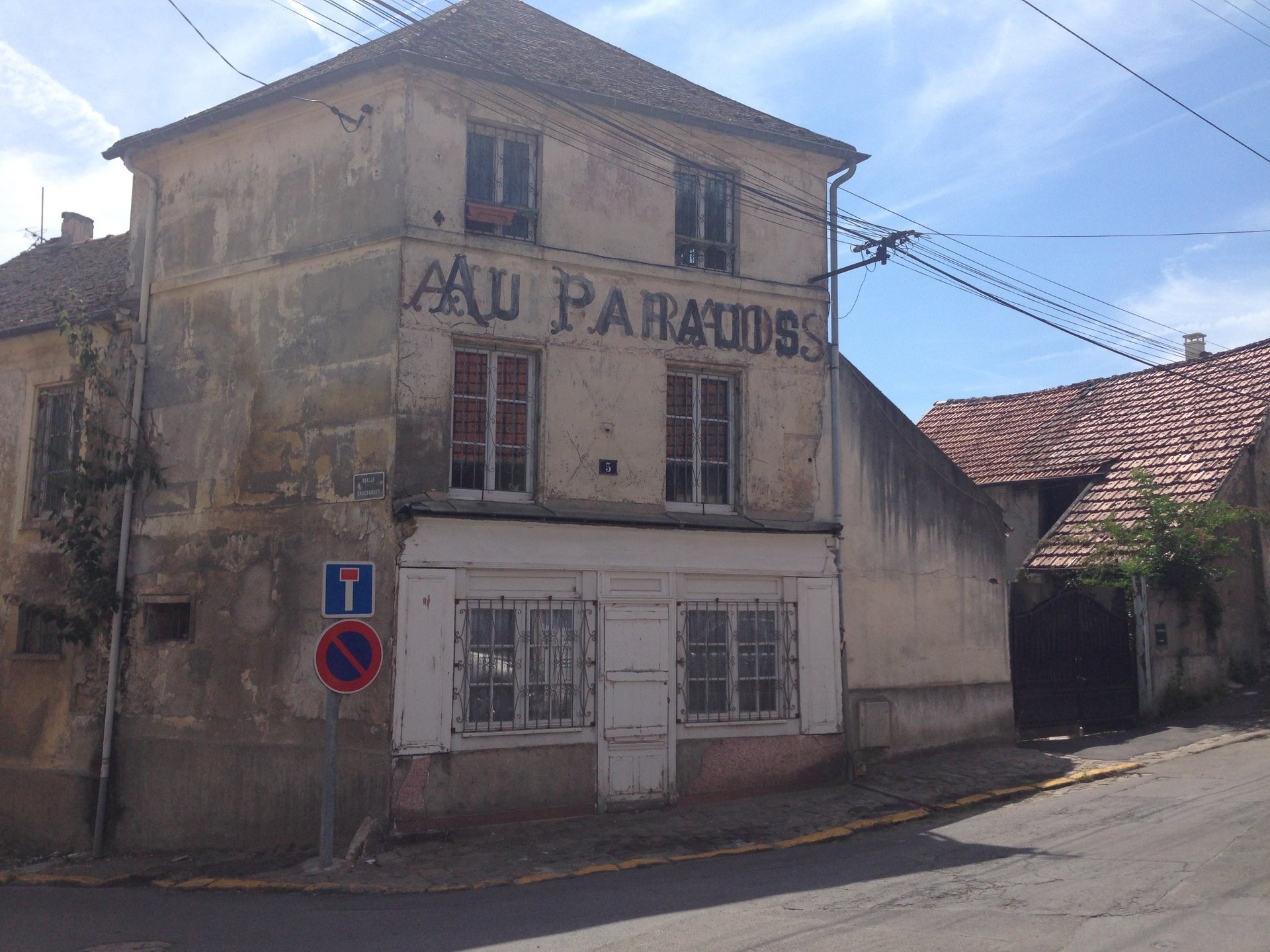
The village is nestled in a valley surrounded by train lines, highways and one of the world’s busiest airports. And yet, Goussainville’s old town is completely isolated from this dynamic commercial transit zone.
The skeleton of a once grand 19th century chateau enshrines the town’s demise. The boarded-up café still bears the name Au Paradis (In Heaven), and a sign on the decaying main street points to what used to be a bakery. Dusty, sun-faded curtains hang from some of the crumbling abandoned homes that are now canvases for graffiti.
For a so-called ghost town, though, Goussainville is certainly a restless spirit. Approximately 300 people, including Murillo and his wife Colette, still reside amid the crumbling buildings in the Vieux Pays, or old town—a population that has stayed stable since the initial exodus.
Urban planners, town officials, and residents in Goussainville are ensnared in a particularly knotty predicament. When it began constructing what is now one of the world’s busiest airports, the Aéroport de Paris that governs aviation in France’s capital bought up most of the old village of Goussainville with plans to demolish the town entirely, Isabelle Moulin, the secretary general of Europan, a Paris-based architecture and urbanism association, tells Quartz.
That plan hit a roadblock, though, because nearly the entire 52-hectare (130-acre) area is protected from bulldozers, as the medieval Saint-Pierre-Saint-Paul church is an official heritage site.
“They couldn’t raze it, because there was this church that’s a historic monument from the 14th century,” Moulin says. “So then they found themselves with this village.”
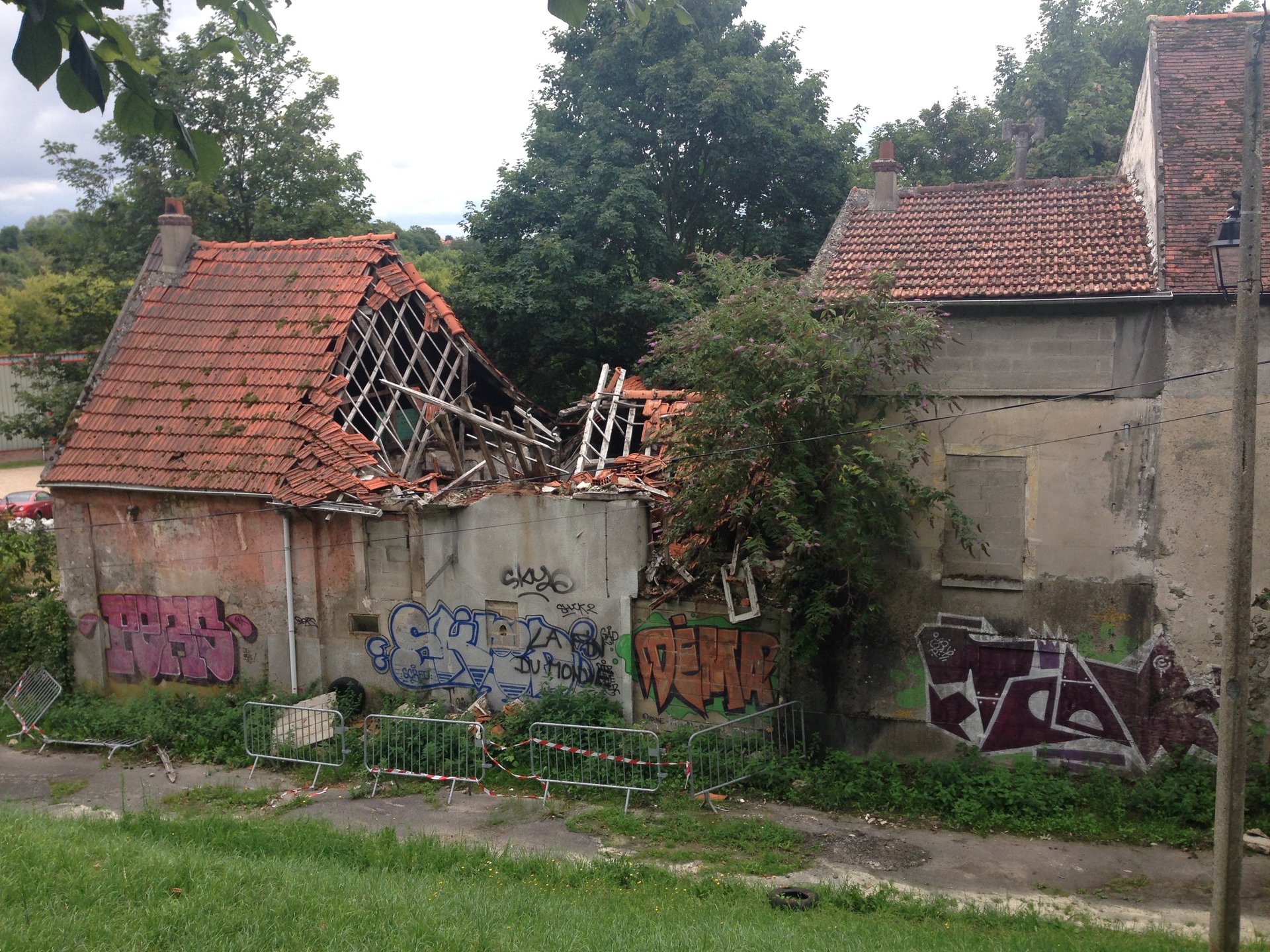
The airport was stuck with stone houses, but it was also stuck with a few hundred residents, like Murillo, who refused to leave. They fought the airport to stay, saying they would learn to live with the noise pollution. Because the zone is protected, they got their wish, even as most of Goussainville’s infrastructure sank into disrepair.
“This incredible place—the old town of Goussainville—is a thorn in everybody’s foot,” Moulin says.
But thanks to a biannual architecture competition, the village condemned by most could soon breathe with life anew. The contest is part of the Europan’s initiative to regenerate dilapidated areas throughout the continent, and this year the old town is one of 49 sites participating.
Moulin directs the urban design competition in France, one of 17 European countries participating this round. Juries are currently reviewing 37 proposals to reinvigorate the old town. When Europan unveils its results Dec. 4 this year, three winning teams will enter debate to receive public commissions from the city of Goussainville and the greater metropolitan area, Roissy, that it belongs to.
Nearly all of the businesses in the old town, including two bistros, a bakery, and a butcher’s shop, closed decades ago. Commerce moved west to “New Goussainville,” a suburban, working-class area of more than 30,000 connected to Paris by two regional train lines. The old town is reachable only by car or a 20-minute walk along a busy highway flanked by wheat fields, the elevated high-speed train line connecting Paris to northern France hurtling overhead.
In 1995, though, the bookshop Goussainlivres opened (link in French). Owner Nicolas Mathieu says that many days pass without a single customer. His business still thrives because nearly all of his commerce is now online.
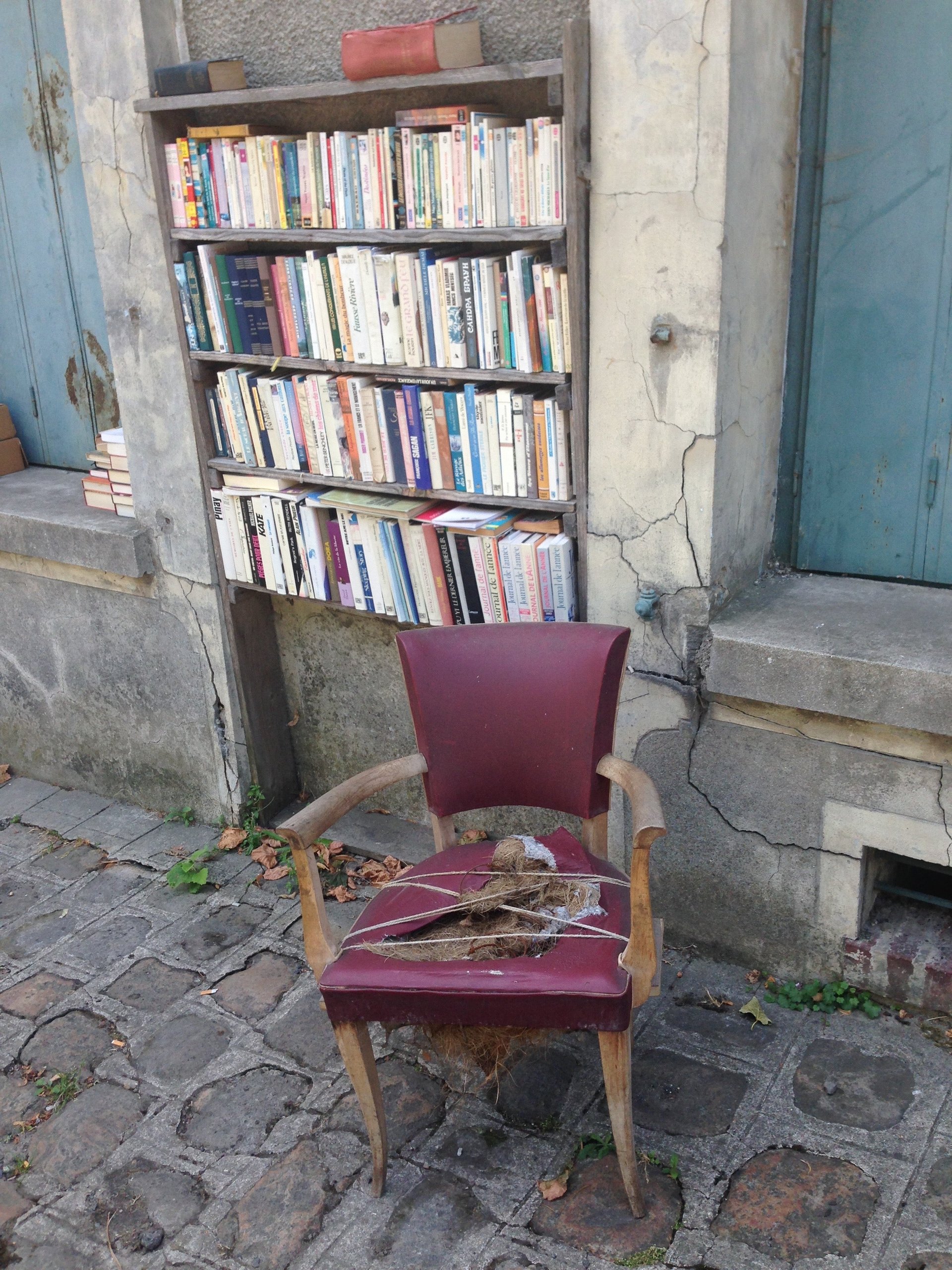
He took over the store in 1997 from its original owner Philippe Ferry, who in the mid-’90s spearheaded a plan to turn the crumbling town into a “village of books.” That idea was short-lived, but Goussainlivres still stands as a living relic of the effort.
Mathieu didn’t set out to own a bookstore. “I wanted to be a shepherd,” he tells Quartz in his musty storage attic that houses boxes overflowing with some of the 30,000 mostly used books in the shop. “But I fell in love with the place right away. The house and the work were great. There were more positives than negatives.”
Mathieu says the eerie reputation of Goussainville’s old town actually buoys business, as bohemian types interested in the ruins make pilgrimages to the shop. The romanticism, he explains, “is definitely an image I profit from.”
And the noise? “It’s not something that bothers me,” he says, the rumble of a plane taking off starting to reverberate. He paused before raising his voice, adding, “In the interior we don’t hear it.”
He trails off, jet engines overwhelming the conversation.
“Okay, fine,” Mathieu chuckles after the plane finally passed. “But I don’t pay attention to it much. If the windows are shut, I don’t notice it.”
In 2009, the city bought the properties from the airport for a symbolic €1, and now public officials there are looking to Europan for help. Moulin says there is great potential in the old town despite constraints. Building new long-term housing poses legal difficulties because of current noise regulations, but renovating houses is possible. Erecting new buildings for short-term accommodation that could include ateliers for artist residencies, hotels with shuttles to the airport, or temporary labor housing are also all viable solutions, Moulin says.
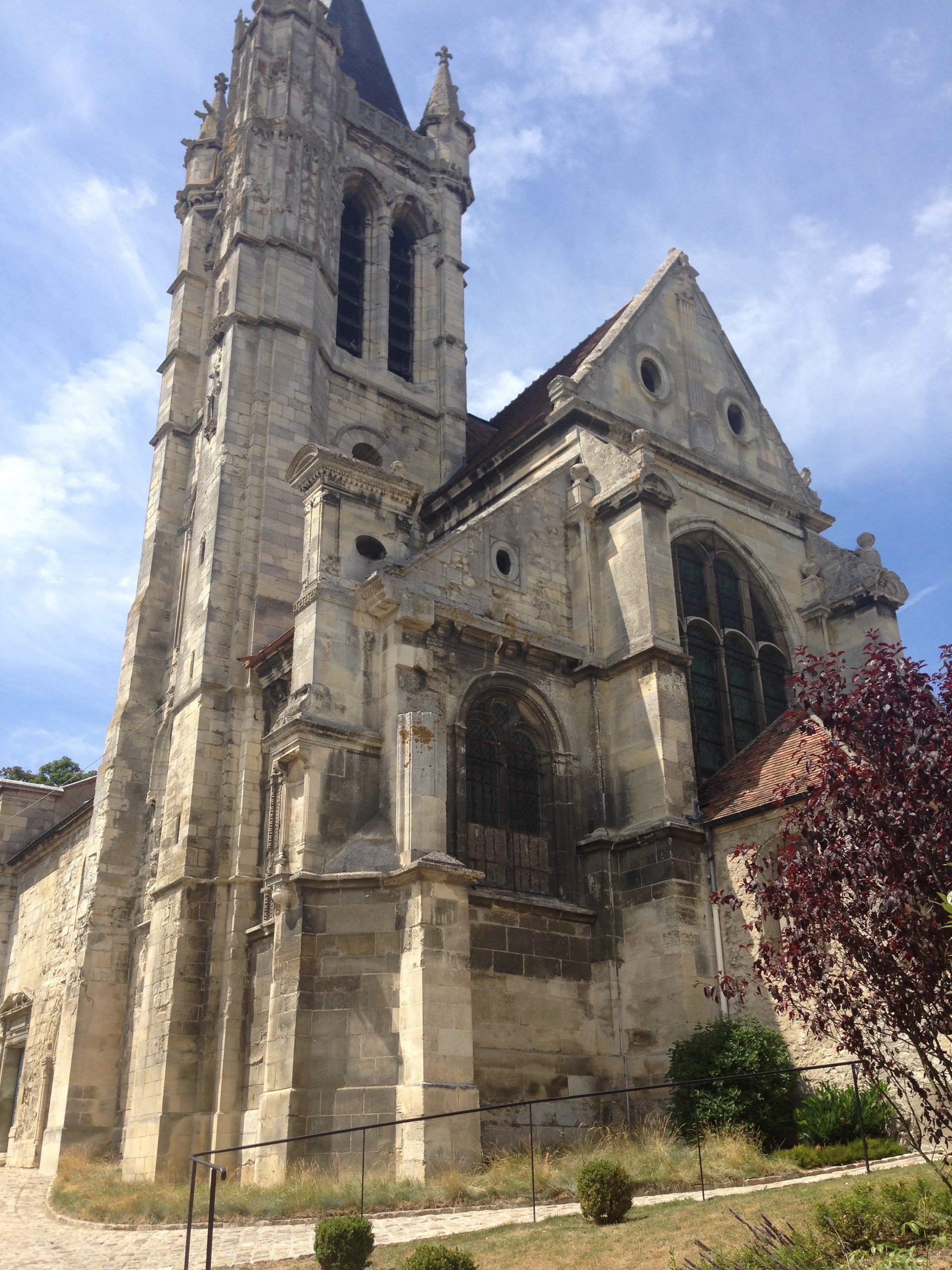
No matter which route the town takes, the ultimate goal is to integrate Goussainville into the wider metropolitan area. The challenges there dovetail with Europan’s current theme of “the adaptable city,” which seeks to maintain the heritage of the village and its inhabitants while allowing the area to benefit from the development potential of the region. Goussainville is part of the greater commune of Roissy, a Parisian suburb with relative wealth thanks to the economic force of the airport.
“How can the territory have a certain form of independance, of autonomy?” Moulin asks. “And how can it also become again a place of life, a place of production?”
The project is also intrinsic to the long-awaited establishment of “Grand Paris,” an initiative to enlarge the French capital to incorporate its suburbs and triple its population. There are currently four Europan sites, including Goussainville, that Grand Paris will include when it becomes a reality on Jan. 1 of next year. Goussainville has a unique history, Moulin says, but it still speaks to the challenge faced by Paris and its surrounding areas to build a new urban identity that integrates its more bucolic populations.
“People from all over the world transit just a few kilometers from Goussainville,” Moulin notes. “The idea is to redo the village, and also to make it a place of reflection. To find a new urbanism, between the city and the country.”